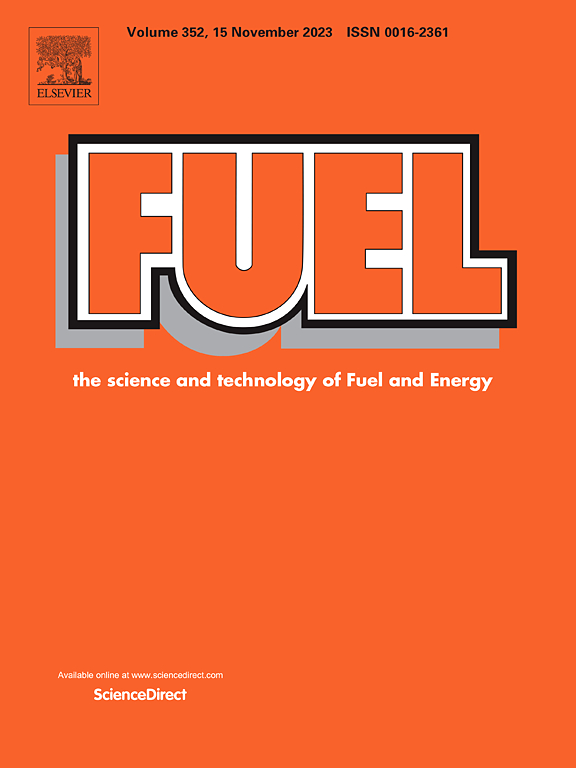Non-ionic surfactant influence on peptization of asphaltene agglomerates in heavy oil under hydrothermal conditions in the Na-Fe3O4 catalyst presence
IF 6.7
1区 工程技术
Q2 ENERGY & FUELS
引用次数: 0
Abstract
This research project examines a promising technology involving the combined injection of surfactants and catalysts into reservoirs for the processing of heavy oil via aquathermolysis. Surfactants act as peptizes, facilitating the weakening of asphaltene agglomerates. The weakening of asphaltene agglomerates allows the catalyst to reach the sulphur-containing component with greater ease, thus facilitating its degradation. In order to ascertain the efficacy of the combined introduction, a Na-Fe3O4 catalyst precursor was employed, with a non-ionic surfactant serving the function of a peptize. The alteration in the group composition of the heavy oil prior to and following the treatment was determined through the utilization of XRD, FT-IR, 2D GC–MS, and Malvern Instruments. The results demonstrated that the combined injection method resulted in a notable reduction in the heavy fraction content, from 39.7% to 24.4%, while the light fraction increased from 60.3% to 75.5%. One of the principal outcomes of the combined injection method is the complete neutralization of hydrogen sulphide. Additionally, the destruction of asphaltene agglomerates has resulted in a 56% reduction in oil viscosity. The increase in the H/C elemental analysis coefficient from 1.32 to 1.91 is indicative of an improvement in oil quality following the combined injection process. The combined injection of surfactant and catalyst represents a novel and environmentally-friendly technology for the extraction of high-viscosity oil.
求助全文
约1分钟内获得全文
求助全文
来源期刊

Fuel
工程技术-工程:化工
CiteScore
12.80
自引率
20.30%
发文量
3506
审稿时长
64 days
期刊介绍:
The exploration of energy sources remains a critical matter of study. For the past nine decades, fuel has consistently held the forefront in primary research efforts within the field of energy science. This area of investigation encompasses a wide range of subjects, with a particular emphasis on emerging concerns like environmental factors and pollution.
 求助内容:
求助内容: 应助结果提醒方式:
应助结果提醒方式:


